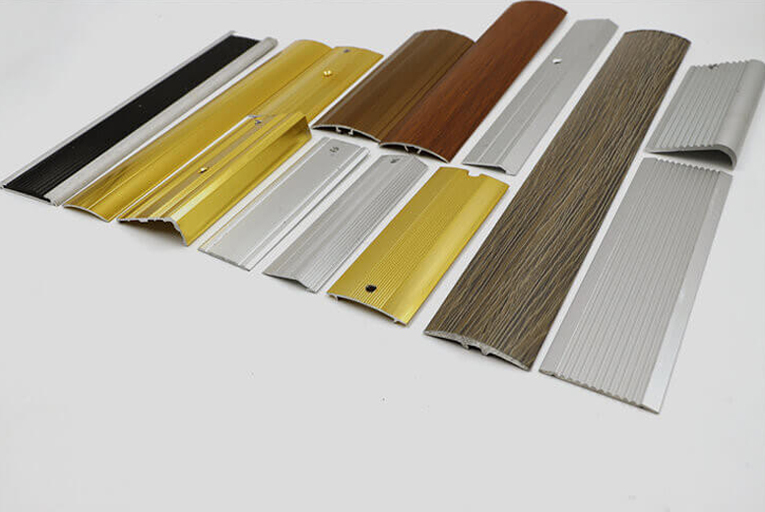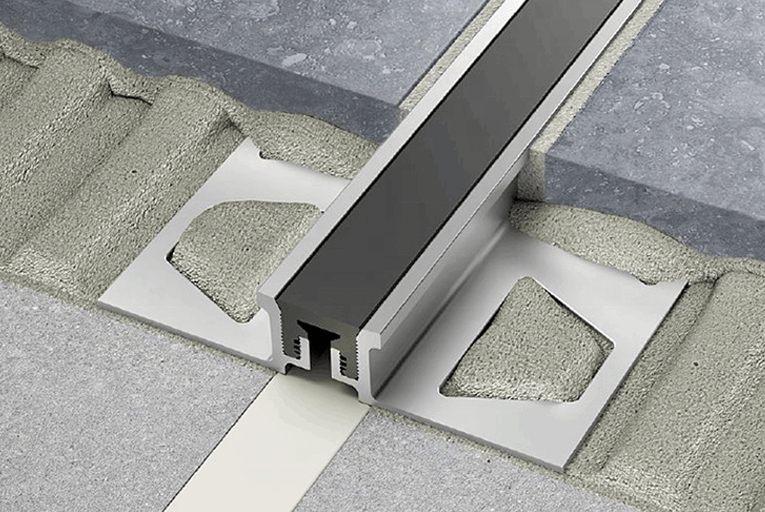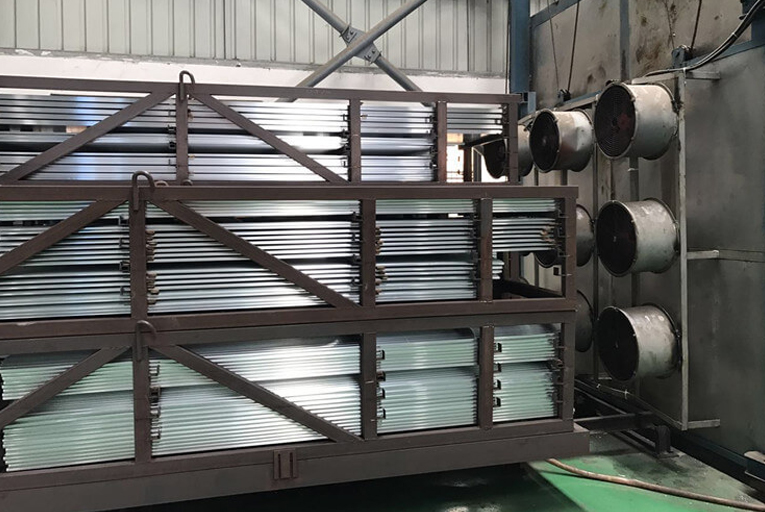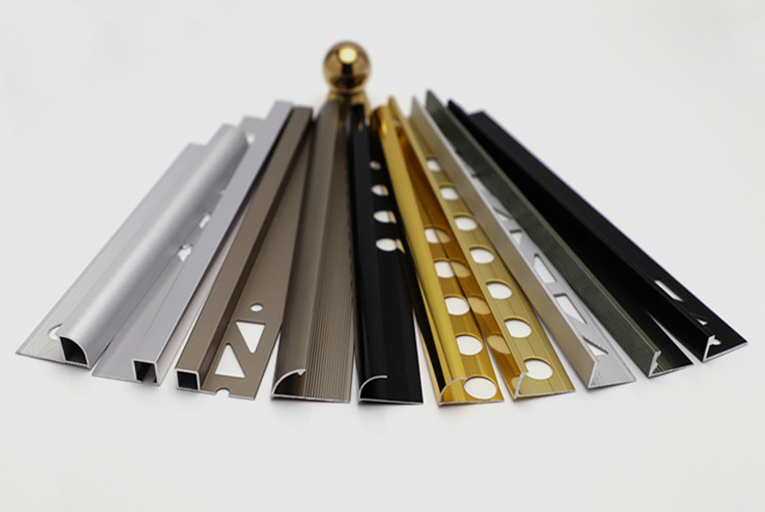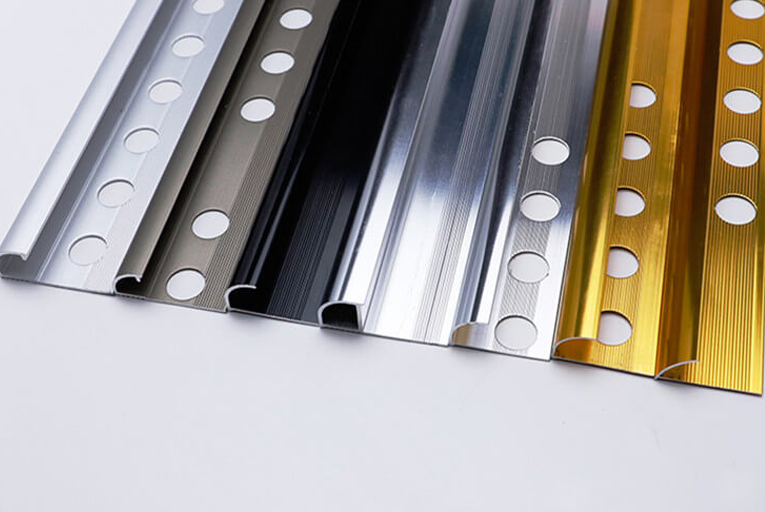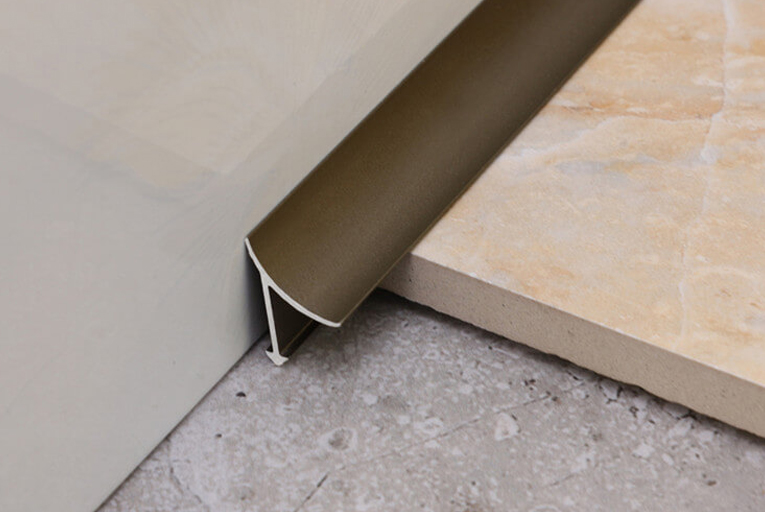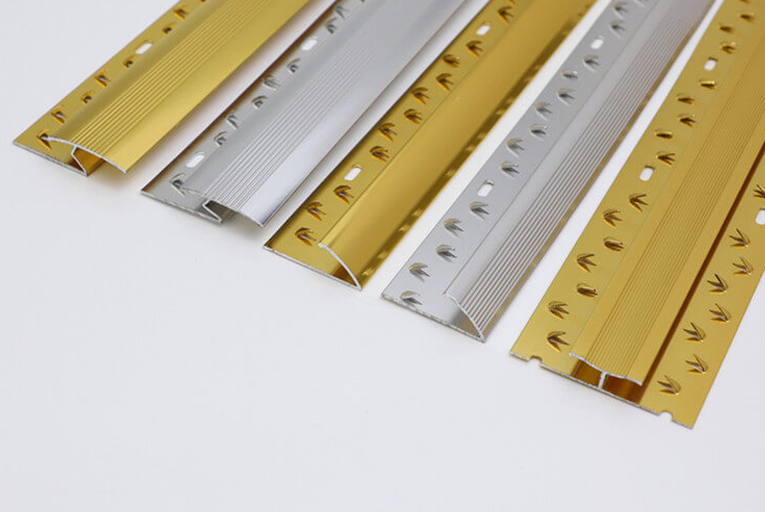Make a Statement- Using Tile Transition Strips as Design Features
In the realm of interior design, transition strips often serve a utilitarian purpose: seamlessly connecting different flooring surfaces or bridging gaps between tiles. However, with their versatile design potential, transition strips have evolved into expressive embellishments, adding a touch of sophistication and flair to any space. This article explores how to harness the aesthetic power of transition strips, transforming them into captivating design features that make a bold statement.
From Finishing Touches to Focal Points
Transition strips were traditionally used as inconspicuous accessories, blending seamlessly into the background. However, contemporary design trends have embraced their decorative possibilities. By incorporating unique materials, intricate patterns, and alluring finishes, transition strips can elevate a room’s ambiance and draw attention to specific areas. Whether used to accentuate a fireplace hearth, define a kitchen island, or frame an elegant entryway, transition strips become integral design elements that enhance the overall aesthetic appeal.
Exploring Materials and Finishes
The choice of materials for transition strips is vast, offering a range of textures, colors, and finishes to complement any decor. Metal strips in brushed nickel, antique brass, or sleek chrome exude sophistication and durability. Natural stone strips, such as marble or granite, bring a touch of organic elegance and timeless beauty. Ceramic or porcelain strips provide a wide array of colors and patterns, allowing for endless customization options. By carefully selecting the material and finish, transition strips can become striking focal points that add depth and dimension to a space.
Patterns and Textures
Transition strips are not limited to plain, solid designs. Intricate patterns, geometric motifs, and embossed textures can transform them into eye-catching statement pieces. Bold geometric patterns in contrasting colors create a dynamic visual impact, while subtle embossed designs add a touch of sophistication. By selecting transition strips with visually appealing patterns and textures, designers can create a focal point that draws the eye and adds interest to a room.
Contrasting and Complementary Colors
Color plays a crucial role in the aesthetic impact of transition strips. Contrasting colors, such as black against white or gold against silver, create a dramatic and eye-catching effect. Complementary colors, on the other hand, such as shades of blue and green or yellow and purple, exude harmony and balance. By selecting contrasting or complementary colors, designers can use transition strips to emphasize specific areas of a room, creating a visually appealing focal point that complements the overall color scheme.
Placement and Proportion
The placement and proportion of transition strips are essential considerations in creating a cohesive and visually appealing design. By carefully positioning transition strips at strategic locations, designers can define spaces, create visual interest, and enhance the flow of a room. Wide strips, for example, can create a bold and impactful statement, while narrower strips offer a more subtle and refined accent. The placement of transition strips should also complement the size and proportions of the room, ensuring a harmonious and balanced overall effect.
-
The 6 Hottest Tile Trim Solutions for 2021
2022-02-09 -
How to Install Tile Trims Line?
2022-02-09 -
Difference Between Sandblasting and Anodizing Surface Treatment of Aluminum Tile Trim
2022-02-09 -
The Different Uses of Tile Outside Corner Edging Trim and Inside Corner Edging Trim
2022-02-09 -
The Most Popular 5 Different Materials of Tile Trim Line
2022-02-09 -
What is Carpet Cover Trim?
2022-02-09
